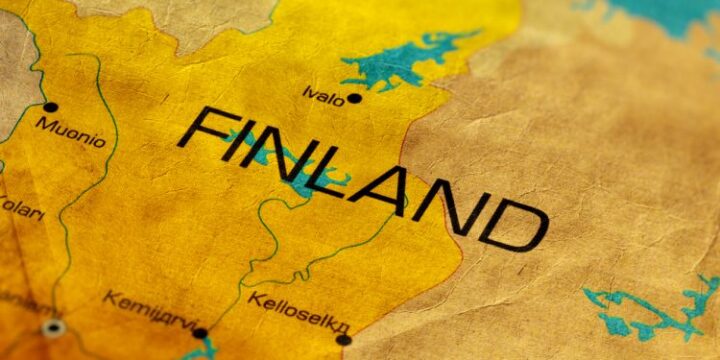June 30, 2025

The Global Centre for Maritime Decarbonisation has successfully completed the world’s first maritime pilot demonstrating the full value chain of onboard captured carbon dioxide (CO2) in China on 25 June 2025.
As explained, the pilot encompassed two phases. In the first phase, Shanghai Qiyao Environmental Technology Co., Ltd. (SMDERI-QET) conducted a ship-to-ship (STS) transfer of 25.44 metric tons (MT) of captured CO2 from the container vessel MV Ever Top to the receiving vessel Dejin 26. The CO2 was subsequently offloaded from Dejin 26 to a tank truck at a jetty in Zhoushan, Zhejiang Province.
The second phase, led by GCMD, involved transporting the captured CO2 to its end-use destination: a joint venture plant between GreenOre and Baotou Steel in Inner Mongolia. There, the LCO2 was successfully used in the production of low-carbon calcium carbonate, a key component in sustainable construction materials.
This pilot marks a major step in demonstrating how onboard captured CO2 can be integrated into the broader circular economy. With a rigorous life cycle assessment underway, we are quantifying the climate impact across the entire value chain to show how OCCS can serve as a meaningful decarbonisation lever—when applied thoughtfully and transparently
… said Professor Lynn Loo, CEO of GCMD
Pilot conducted under real-world constraints
As a first-of-its-kind pilot, this project served as a valuable learning experience, helping to uncover real-world challenges that must be addressed to enable the scalable implementation of onboard carbon capture.
A key challenge was the classification of captured CO2. Designated as “hazardous waste” prohibits its reuse and mandates disposal. Through close coordination with the relevant authorities, the captured CO2 in this pilot was redesignated as “hazardous cargo,” lifting these restrictions and enabling its use as an industrial feedstock.
For the pilot, GCMD also identified and brought together stakeholders across the value chain—including a like-minded end user willing to evaluate onboard captured CO2 as its feedstock. With its facility located in Inner Mongolia, the captured CO2 was transported over 2,000 km as a first demonstration in its industrial reuse.
Broad ecosystem support
The pilot involved close collaboration with multiple stakeholders across the value chain, including vessel owner Evergreen Marine Corp, OCCS provider SMDERI-QET, STS service provider Dejin Shipping, and industrial plant operator GreenOre and its joint venture, Baorong Environmental Co. Ltd. Port authorities and regulators, namely Shanghai Municipal Transportation Commission (SMTC), Shanghai Maritime Safety Administration (SMSA), Shanghai International Port Group (SIPG), Shanghai Customs, and Shanghai Border Inspection also supported the pilot.
Beyond the pilot
GCMD will conduct a comprehensive LCA to quantify GHG emissions for this pilot with CO2 quality and quantity data obtained through sampling activities conducted throughout the pilot. GCMD will work with DNV for third-party verification of emissions reduction claims under recognised accounting frameworks.
According to DNV’s “The potential of onboard carbon capture in shipping” paper, onboard carbon capture systems will depend on a developed infrastructure for wider carbon capture, utilization, and storage (CCUS), as such capture will be the starting point of a long logistics chain.
From ship-to-shore unloading to ship-to-ship transfer, we are confident that this milestone – coupled with further advancements in OCCS – will not only accelerate the development of a global network for shore-based carbon storage and utilisation facilities, but also advance the decarbonisation of the shipping industry
… commented Dr. Su Yi, General Manager of SMDERI-QET.

